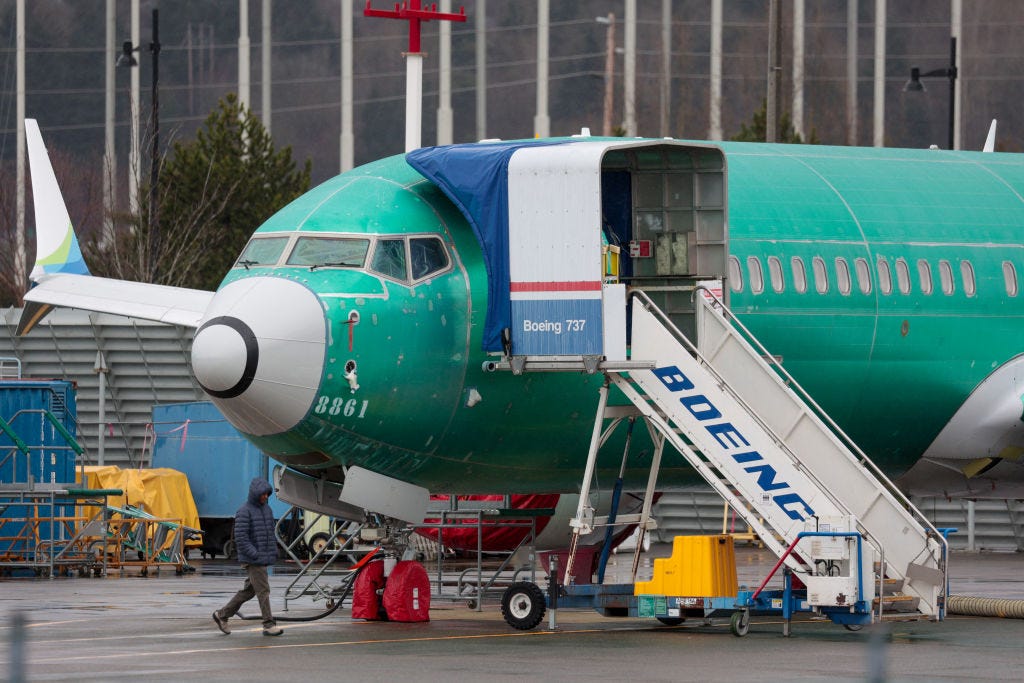Boeing's big green disaster
The Boeing 737 Max was marketed as eco-friendly. But marketing is not always what it seems.

If you’ve ever used Google Flights to buy plane tickets, you might have noticed a green symbol telling you which flights have less greenhouse gas emissions.
These flights are the res…


